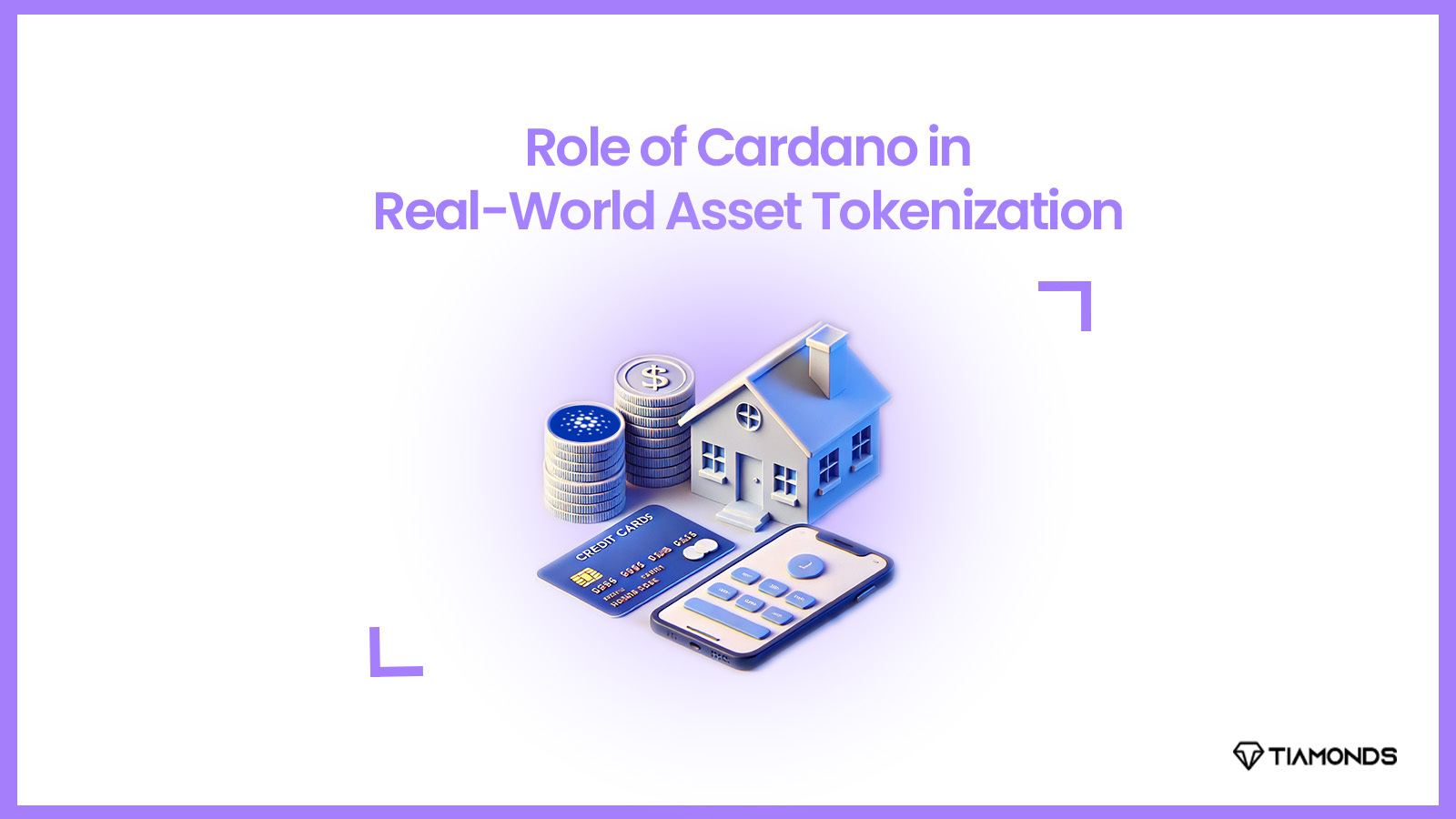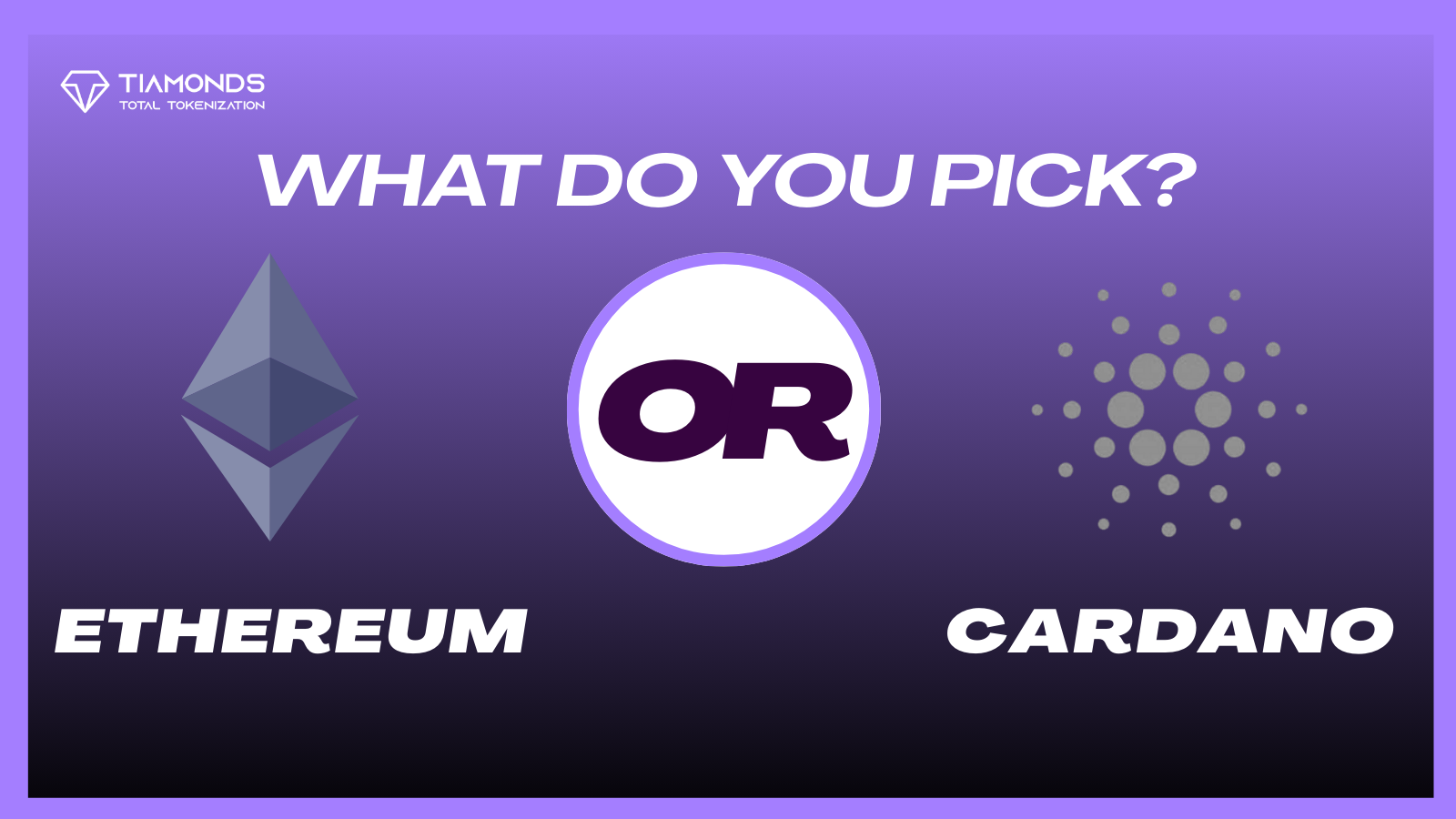Tokenization on Cardano and asset issuance strategies involve the development of personalized tokens, assets, and virtual representations of real-world asset tokenization on the blockchain. Native token standards, smart contracts, and asset management protocols enable a wide range of applications. These include tokenized securities, stablecoins, and non-fungible tokens (NFTs).
Cardano is a project that has captivated the focus of both enthusiasts and experts in the realm of blockchain and cryptocurrencies as they continue to evolve. Through its dedication to professional research, innovative technology. It is an effective ecosystem, Cardano has established itself as a pioneering blockchain platform.
Table of Contents:
ToggleA Brief Introduction to Cardano
Cardano is proof of the enormous potential of blockchain technology to transform industries beyond the financial sector. Charles Hoskinson, one of Ethereum’s co-founders, designed Cardano to resolve the scalability and limitation issues that had impeded previous blockchain platforms. Cardano has attracted attention as a platform that prioritizes long-term viability expansion. And interoperability by adhering to a thorough research-driven approach and a dedication to open-source development.
The ADA Token: The power plant of the Cardano Ecosystem
The ADA token is the native cryptocurrency and sustenance of the Cardano network, located at its core. In the same way that fuel powers a vehicle, ADA powers transactions, smart contracts, and a multitude of programs within the Cardano ecosystem. Its name is a tribute to Ada Lovelace, an innovative mathematician and writer. It reflects Cardano’s commitment to combining technology with creativity and originality.
What are Real-World Assets?
In the crypto world, Real World Assets (RWAs) are tangible assets such as gold or real estate that have been converted into digital tokens. This innovative process transforms these corporeal assets into movable units on the blockchain.
Tokenizing RWAs is gathering momentum, providing a unique approach to investing in standard assets through blockchain technology, with an estimated value of approximately $2 billion.
This method not only broadens the range of choices for investments but also enhances the liquidity and accessibility of conventional assets.
Two primary factors are responsible for the development of Real-World Asset Tokenization (RWA) in blockchain.
Initially, the reduced yields of DeFi directed investors towards traditional finance (TradFi) in search of a lower level of risk. This change has generated an opportunity to tokenize TradFi assets, facilitating the seamless transfer of capital between DeFi and TradFi within the crypto market.
Secondly, the increasing awareness of blockchain technology among TradFi entrepreneurs and developers is fostering an interest in integrating it with traditional sectors, resulting in an intersection of expertise and concepts into Web3 development.
Role of Cardano in Real-World Asset Tokenization
Cardano’s blockchain ecosystem, known for its rapid development and adaptability, is significantly advancing decentralized applications like DeFi and NFTs. Its distinctive tokenization approach, which frequently does not necessitate smart contracts, streamlines the transition for creators and brands into Web3.
This feature is essential for the tokenization of real-world assets and the democratization of access to blockchain technology. The platform of Cardano becomes increasingly important as businesses and creators look for inventive methods to monetize and extend their offerings.
Cardano is not merely a blockchain platform; it is an extensive ecosystem that improves transactional efficiency and creates an immense number of opportunities for a variety of industries, thanks to its advanced metadata capabilities.
Development of Tokens on the Cardano Blockchain
On the Cardano blockchain, businesses and enterprises generate tokens that they can use as customizable payment tokens, Dapp awards, stable coins paired with other currency pairs, or intellectual property assets. Ethereum smart contracts are the foundation of Ethereum ERC20 tokens. On the other hand, the Cardano blockchain streamlines the tracking and accounting of personalized tokens. Consequently, users are able to transmit, receive, and delete data.
Cardano offers a secure, cost-effective, and user-friendly environment for token development.
Advantages of the Development of the Cardano Token
The development of the Cardano token provides a variety of advantages; the following are five of the most significant.
Transaction Speed
Cardano’s highly scalable design allows for the swift execution of transactions. In contrast to Ethereum’s 15 transactions per second, it now permits over 250 transactions per second.
Low Gas Fee
Cardano is able to offer minimal fees for transactions on its network due to the PoS method, which is a result of the low cost of gas. The average trade on Cardano costs approximately 0.1 ADA, or a few cents. This is an exceptional value when contrasted with Ethereum’s $15 transaction charge.
Decentralization
The connection to the network grows increasingly decentralized as a result of the fact that anyone may turn into a node validator with Ouroboros. At present, there are approximately 1500 validator pools in operation.
Energy Efficiency
The substantial energy consumption of proof-of-work (PoW) blockchains such as Ethereum and Bitcoin is a significant concern during the 2021 bull run. Cardano consumes 99 percent less energy than both of these blockchains as a result of its PoS technique.
Passive Income
Lastly, each Cardano proprietor has the ability to generate passive revenue by staking their ADA coins.
Conclusion
The Cardano blockchain is optimal for the most innovative crypto developments, including DeFi and NFT. Cardano is a potential project with a solid plan and solid fundamentals. Therefore, it may be a wise decision for real-world asset tokenization on the blockchain. This evolving blockchain will create expanded opportunities for a diverse range of participants in the digital asset world.




